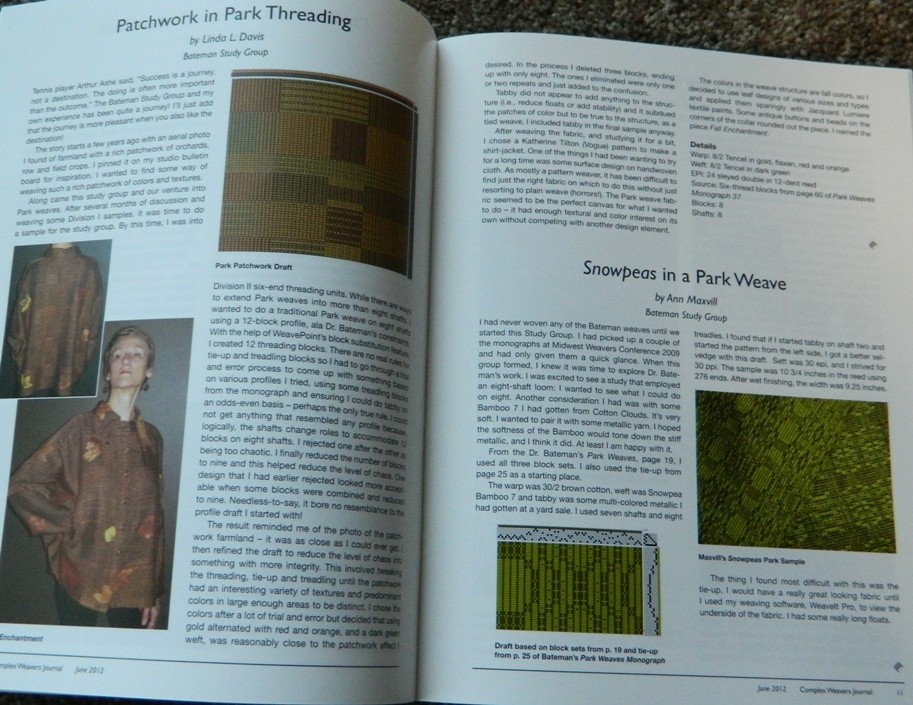A quick primer on share classes and what they cost you Jul 20 2000
Post on: 19 Июль, 2015 No Comment

NEW YORK (CNNfn) — As if choosing from 10,000 mutual funds isn’t hard enough, there is the alphabet soup of share classes to consider. Surely you can think of more enjoyable ways to spend your time than deciphering share classes, whose bottom-line significance is hardly obvious.
But if your goal is to find the best to way make money, it’s worth taking the time to figure out the difference.��
To expedite the process, here’s a little primer.
What time do you have?
Generally speaking, the distinctions between share classes pertain to the fees and expenses you will pay over the life of your investment.
Your time horizon — how long you intend to stay in a fund — is key to deciding which share class works best for you. A share class with a front-end sales load but low annual fees might work if you’re a long-term investor, because you pay once up front and then your costs are reduced, compared to other classes that charge higher yearly fees.
I think the best thing to do is decide which fund you want and then examine which share class makes the most sense for you, said Morningstar analyst Peter Di Teresa.
Keep in mind, fund companies don’t necessarily define share classes the same way. A-shares in Morgan Stanley Dean Witter funds, for instance, represent classic front-loads, while A-shares at Merrill Lynch are institutional.
You have to know the fund, said Reuben Brewer, Value Line’s manager of mutual fund research.
Be sure to check the company’s printed materials and Web site for its definitions before you invest, and then use a share class cost calculator to figure out just how out-of-pocket you’re going to be.
Know your ABCs
Having said that no two fund companies’ share classes are necessarily alike, following is a listing of what different share classes most typically represent.
A-shares. one of the most common purchases among individual investors, often indicate a front-end load or sales charge payable when you buy the fund.
B-shares. by contrast, typically represent a back-end load, payable when you sell the fund. The longer you keep your money there, however, the less the load may be. This is known as a conversion. The load becomes zero if you hold the fund long enough. Typically, these shares also will cost you more in annual 12b-1 fees. Such fees can be assessed for marketing expenses or to compensate an adviser.
C-shares. sometimes called a level load, indicate that the fund may charge a higher 12b-1 fee but often no load or a very low one. Remember that a 12b-1 fee increases your total expense ratio and can reduce the return on your money.
D-shares may indicate a front-end or a back-end load, depending on the fund company. Most typically they represent a deferred load but have a slightly different structure than B-shares.
I-shares or Y-shares are how institutional shares are designated. Institutional shares are not available to the retail investor, unless they are included in a 401(k) plan. If they’re in your plan and the fund is well run, they might make a good bet because they don’t carry a load and tend to carry fairly low annual expenses, Di Teresa said.

M-shares are usually defined uniquely by each fund company. At Putnam, for instance, they have a lower front-end load and higher 12b-1 fees than the A-shares. The 12b-1 fees, however, are lower than those charged in B- and C-shares. At IDEX, meanwhile, the M-shares are comparable to the level loads or what are most typically known as C-shares.
Z-shares are usually owned by investors who got into a fund when it originated as a no-load offering. Since the time they first invested, the fund was converted to a load fund, and their shares were converted to the Z-class. These shares typically are not available to new investors.
Adviser class shares, or ADV. are often added by no-load funds to compensate advisers who steer their clients to them. They generally carry a 25-basis-point (one quarter percentage point) 12b-1 fee.
Double-check your adviser’s math
Chances are good that if you’re concerning yourself with share classes, and hence mostly load funds, you’re paying a financial adviser for his or her investment wisdom and service.
But be an educated customer all the same, experts say. Yes, advisers are there to do well for you, but if they can make a buck off of you they’re going to, Brewer said.
Or it may just be that they’re not as diligent on your behalf as they could be, Di Teresa said.
In any case, selling some share classes can be more lucrative for the adviser than others, but not necessarily better for your needs. So, take the adviser’s suggestion and compare it to the costs of other share classes in the fund.
Look at it. Make sure it’s the one you want, Brewer said.














